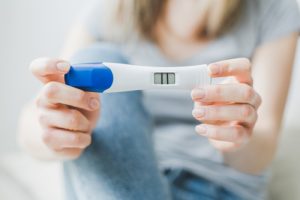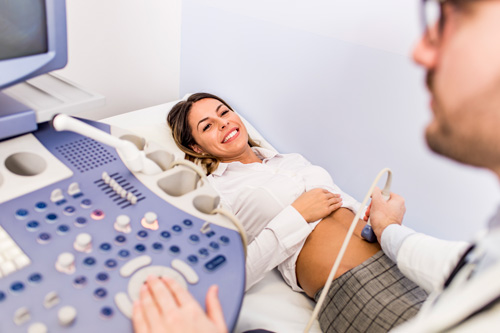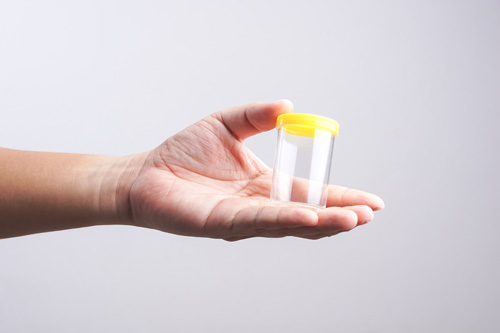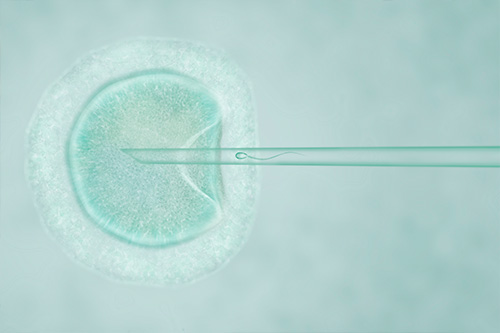Intrauterine insemination
We facilitate the fertilization of couplesIntrauterine insemination, also known as artificial insemination, is a simple procedure that facilitates the fertilization of those couples who have not managed to get pregnant. Through a catheter the semen is placed directly in the woman's uterus, allowing the sperm to be closer to the ovule at the time of ovulation and to improve the chances of achieving a pregnancy.

Benefits
The main benefit of this procedure is its simplicity, in addition to having an accessible cost and being similar to the natural conception; unlike other assisted reproduction treatments, intrauterine insemination is performed through the selection of sperm and a hormonal treatment of women, this identifies the exact time of ovulation and increase the chances of success.
Results
The results depend on two factors:
- The cause of sterility.
- The age of the woman.
The pregnancy rate with artificial insemination is cumulative, this means that, if pregnancy is not achieved in the first attempt, in the following attempts the chances of success increase, you can have up to 4 to 6 cycles, reaching to achieve up to 50% probability.
Who are candidates for this treatment?
Intrauterine insemination is recommended for all those couples who wish to treat sterility problems and who have characteristics such as:
- Mild endometriosis.
- Sterility without any apparent cause.
- Anatomical integrity of at least one fallopian tube.
- Alterations of the cervix.
- Intercourse difficulties in women.
Intrauterine insemination procedure
1.Ovarian stimulation and monitoring

This procedure is usually complemented with the hormonal stimulation of ovulation to increase the number of ovules and schedule the time of insemination, so that greater chances of success are obtained.
2. Application of hCG

When observing that the egg reaches a certain size, the hormone human chorionic gonadotropin (hCG) is applied to reach the final maturation of the ovum and to program the insemination process.
3. Collection and preparation of semen

The best quality sperm are selected by seminal preparation techniques. So that the sperm that are dead, immobile or slow are eliminated, and an adequate insemination can be guaranteed.
4. Insemination

The selected sperm are introduced by means of a thin cannula into the uterine cavity, this is similar to the Papanicolaou test; After a few minutes you can resume daily activities.


